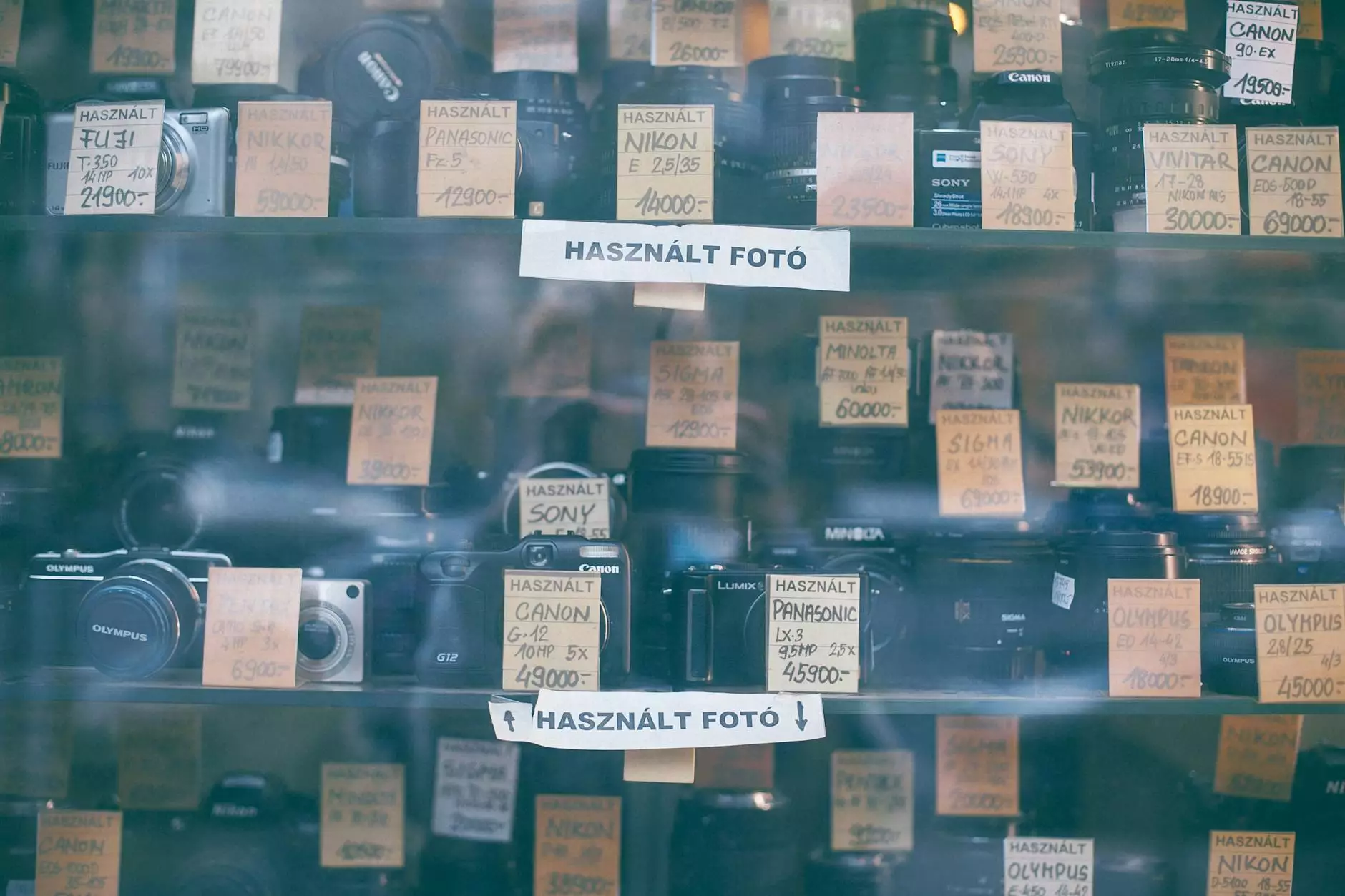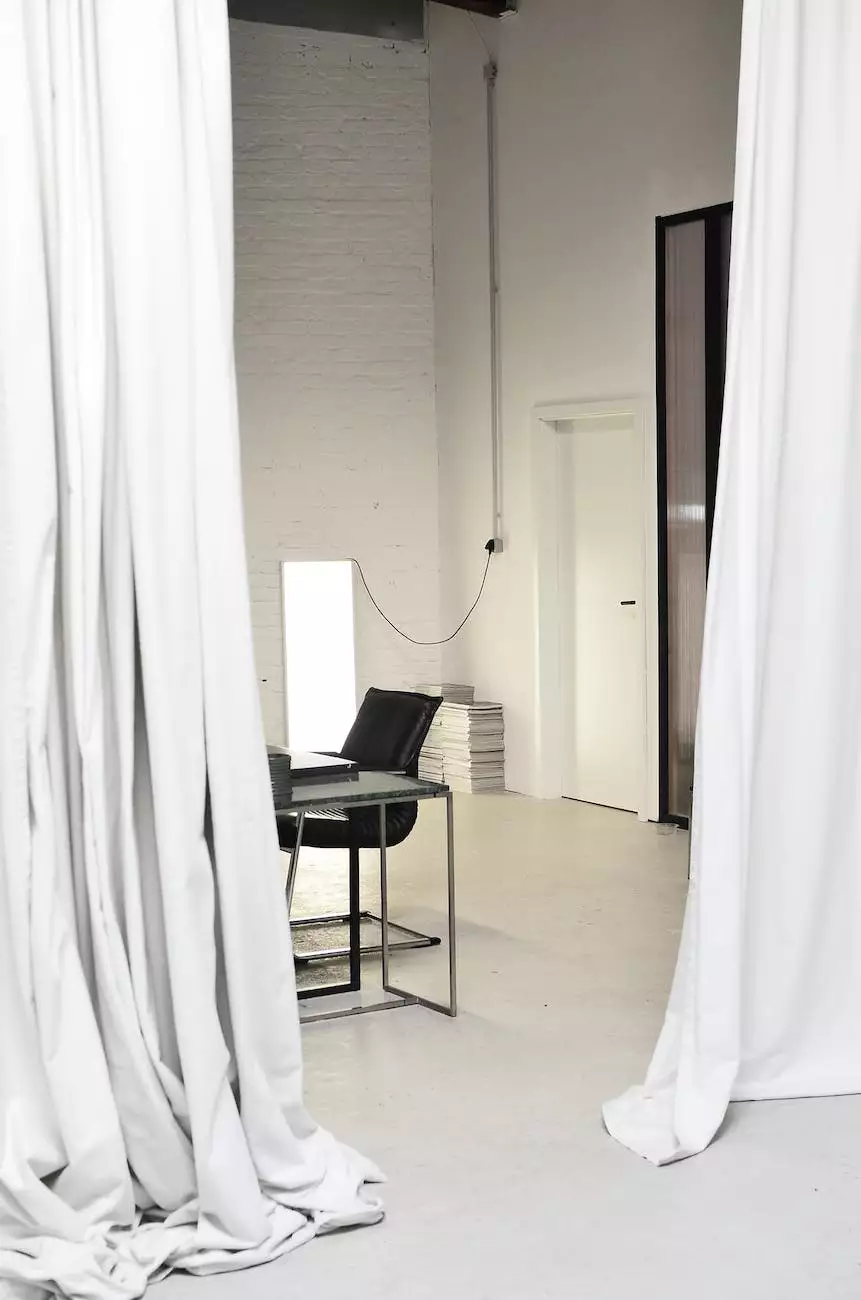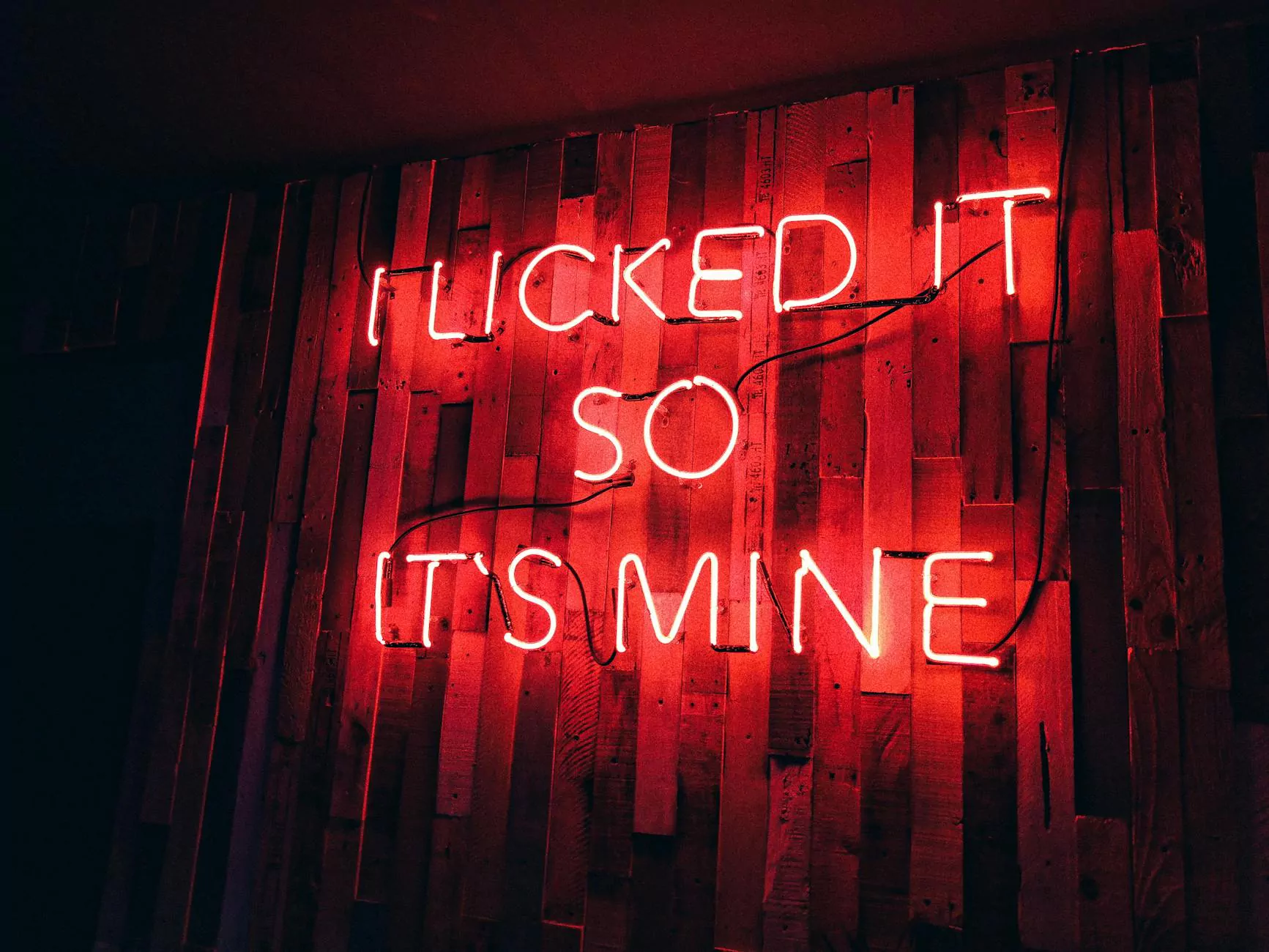What Are The Colors Of Your Logo Saying to Customers?
Blog
The Power of Colors in Design
In the world of design, colors play a significant role in grabbing attention, evoking emotions, and shaping perceptions. The colors you choose for your logo can send powerful messages to your customers, influencing their thoughts and feelings about your brand.
The Psychology of Colors
Each color has unique psychological associations that can enhance or detract from your brand's message. Let's explore some commonly used colors and their meanings:
1. Red
Red is often associated with passion, energy, and excitement. It grabs attention quickly and creates a sense of urgency. If you want to convey a bold and dynamic brand image, incorporating red into your logo design can be a powerful choice.
2. Blue
Blue is often associated with trust, dependability, and professionalism. It is a calming color that can inspire feelings of security and reliability. Using blue in your logo can help establish a sense of authority and credibility.
3. Yellow
Yellow is often associated with optimism, happiness, and creativity. It is a vibrant and attention-grabbing color that can evoke a sense of positivity. Adding yellow to your logo can help create a cheerful and optimistic brand image.
4. Green
Green is often associated with nature, growth, and harmony. It represents freshness and environmental consciousness. If your brand focuses on sustainability or natural products, incorporating green into your logo can convey those values effectively.
5. Orange
Orange is often associated with enthusiasm, excitement, and warmth. It is a high-energy color that can create a sense of enthusiasm and attraction. Using orange in your logo can help your brand stand out and express a vibrant personality.
6. Purple
Purple is often associated with luxury, creativity, and spirituality. It is an intriguing color that can evoke a sense of mystery and elegance. Incorporating purple into your logo can help convey a sense of sophistication and creativity.
7. Pink
Pink is often associated with femininity, sweetness, and romance. It is a delicate color that can create a sense of gentleness and charm. Using pink in your logo can appeal to a target audience seeking softness and femininity.
8. Black
Black is often associated with sophistication, elegance, and power. It is a versatile color that can create a sense of luxury and authority. Incorporating black into your logo design can help communicate a strong and professional brand image.
9. White
White is often associated with purity, simplicity, and cleanliness. It is a neutral color that can create a sense of minimalism and clarity. Using white in your logo can convey a fresh and modern brand image.
10. Gray
Gray is often associated with neutrality, balance, and sophistication. It is a versatile color that can add a sense of professionalism and elegance to your logo design. Incorporating gray tones into your logo can create a timeless and classic look.
Combining Colors for Powerful Effects
While individual colors have their own meanings, you can amplify their impact by combining them strategically in your logo design. The right color combination can create a harmonious and visually appealing logo that conveys multiple messages.
Conclusion
When designing your logo, it's important to consider the emotions and perceptions you want to evoke in your target audience. The colors you choose can significantly impact how your brand is perceived. By understanding the psychology of colors and their meanings, you can create a logo that effectively communicates your brand's values and connects with your customers on a deeper level.
At Megan Berg Designs, our team of experienced designers understands the significance of colors in logo design. We specialize in creating visually stunning logos that capture the essence of your brand and effectively communicate with your target audience. Contact us today to discuss your logo design needs and let us help you make a lasting impression in the competitive world of arts and entertainment.










